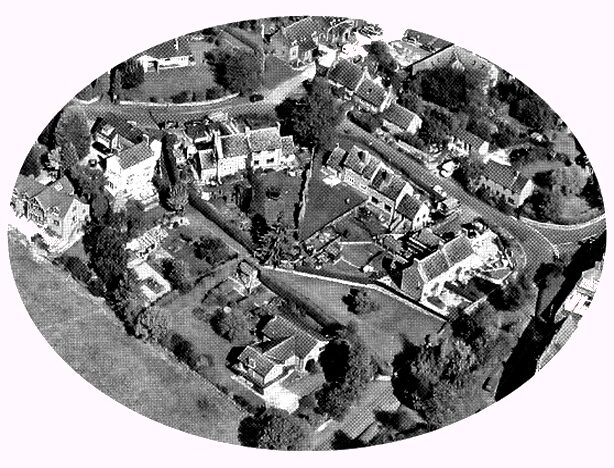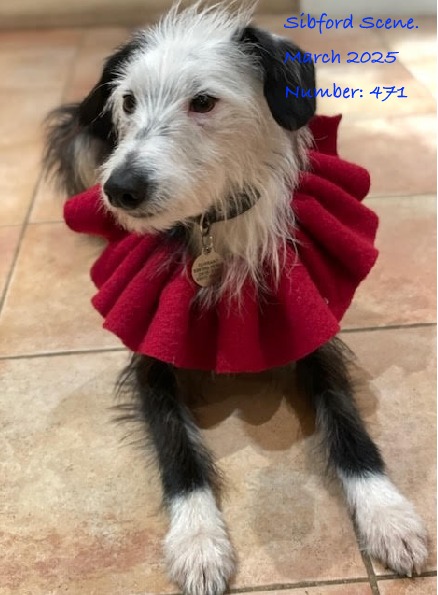Housing in the rural villages of North Oxfordshire - part 3 Shepherd’s Close

The 1930s were a time of transition and innovation in housing, with a need for mass housing a9er World War I. The semi-detached homes of the 1930s were a relatively cheap way to build lots of new homes quickly and often used lower cost materials like pebbledash or roughcast. Decorative elements like patterned brickwork or stained glass in doorways and windows were also used. They often had spacious hallways, original wood floors, fireplaces and curved bay windows.
Following WWII, about a million homes were built under the post-war Labour Government, over 85% of which were social housing. Much of this house building was to replace homes bombed or damaged during the war.
The Poulton family were land owners, farming land in Burdrop, but to reduce their dependence on farming income they offered some land to the Banbury District Council for house building. Louis Poulton served for many years as Sibfords District Councillor and he ensured that any proposed houses should be available for rent by village families. Plans were drawn up and building work started in the late 1940s for three pairs of semi-detached family homes to be built on their old apple orchard in Burdrop. The first house was completed in 1950 and the first family moved in; the same family have lived in that house until now. Some of the early families to live in the newly named Shepherd’s Close homes were names still familiar in the Sibfords today: Soden, Lines, Woolgrove, Brown and Harvey.
These three bedroomed homes benefitted from an indoor ‘ultra-modern’ bathroom. Mains sewerage was not connected in the Sibfords until later in 1953 so underground septic tanks were built in the adjacent ‘close’ land and these needed regular emptying. This triangular shaped piece of land between the Piggy footpath and the rear garden walls of Shepherd’s Close, still known at The Close, once provided three allotments and currently is still maintained by the District Council. Constraints due to the old septic tanks and the difficult entrance onto the narrow highway mean that this land has never been developed.
Maureen Hicks
